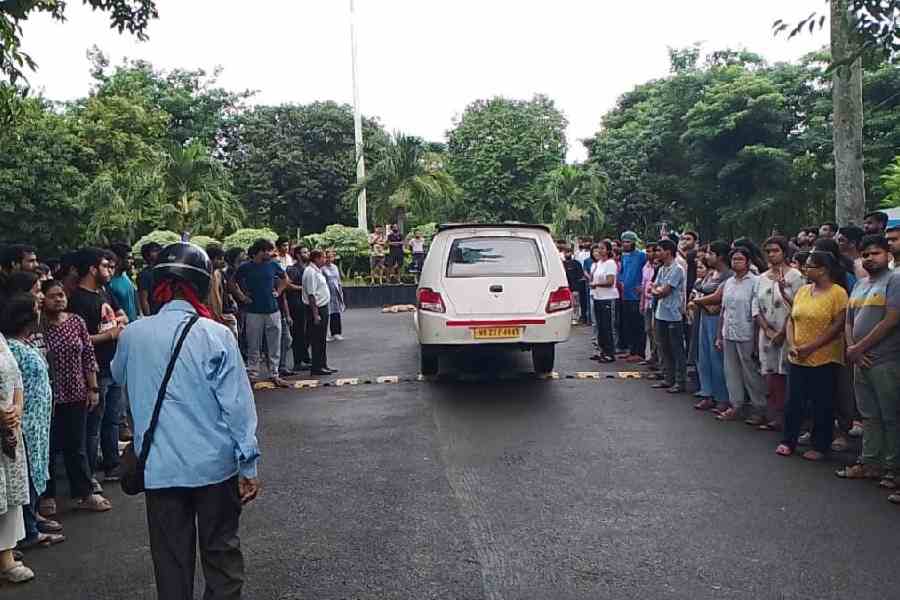 |
| Fishery department officials release golden mahseer fingerlings in Dighalipukhuri on Tuesday. Picture by UB Photos |
July 3: The endangered golden mahseer (Tor putitora), a species most sought after by anglers, has found a new lease of life in Dighalipukhuri.
As many as 350 fingerlings of the species were released in the tank on Tuesday as part of an ex-situ conservation programme of the Directorate of Fisheries, Assam, in collaboration with the Directorate of Coldwater Fisheries Research (ICAR), Bhimtal, Uttarakhand.
Ex-situ conservation is the process of protecting an endangered species of plant or animal outside its natural habitat.
“The objective of this seed ranching programme, which is the first of its kind in Assam, is to conserve an endangered species such as the golden mahseer and to promote fish-based eco-tourism in the state. The status of the growth of the fingerlings will be monitored periodically,” Sachindra Nath Barman, director, state fisheries department, said.
The move is significant as there has been a depletion of golden mahseer, considered the king of game fish, in the rivers of Assam, Arunachal Pradesh, Manipur and Nagaland, over the years.
A game fish is pursued for sport by anglers.
A golden mahseer can grow up to 2.75metres (9 feet) in length and 54kg in weight. Tourists, both domestic and abroad, are attracted to the species with angling topping the agenda.
The Directorate of Coldwater Fisheries Research (DCFR) has been carrying out such conservation programmes across the country.
“The fingerlings released today have been bred for a year in a lake. The water quality and the ambience in Dighalipukhuri are suitable for such a programme. We are looking at making the pond a habitat and augmenting the population of the species through auto stocking,” principal scientist of the Coldwater Fisheries Research Directorate, Debajit Sarma, said.
Asked why stagnant water of a pond as against flowing water of a river was chosen for ranching, Sarma said the step had been taken after considerable research. “Studies have found that such conservation is possible in stagnant water provided the temperature, oxygen and carbon dioxide levels are in the desired range. Besides, they have been successfully bred in the lakes of Uttarakhand and Arunachal,” he added.
The head of the Central Inland Fisheries Research Institute under Indian Council of Agricultural Research (ICAR) regional centre here, B.K. Bhattacharjya, said: “The bottom temperature at the pond is around 20 degrees Celsius, which is just about ideal for golden mahseer. The other parameters, too, are in place. The hydrogen iron concentration (pH) is 7.2 in the morning and 8.2 in the evening. The oxygen level varies between 7.2 and 10ppm (parts per million) in a day while the carbon dioxide level too has been found to be below 6mg per litre, which is within the desired range. However, the algae bloom in parts of the lake is a concern.”
P.C. Mahanta, director, Directorate of Coldwater Fisheries Research, Bhimtal, said: “We took the initiative to start this maiden venture in the state after a discussion with the fisheries minister Basanta Das at a workshop in the city in March.”











